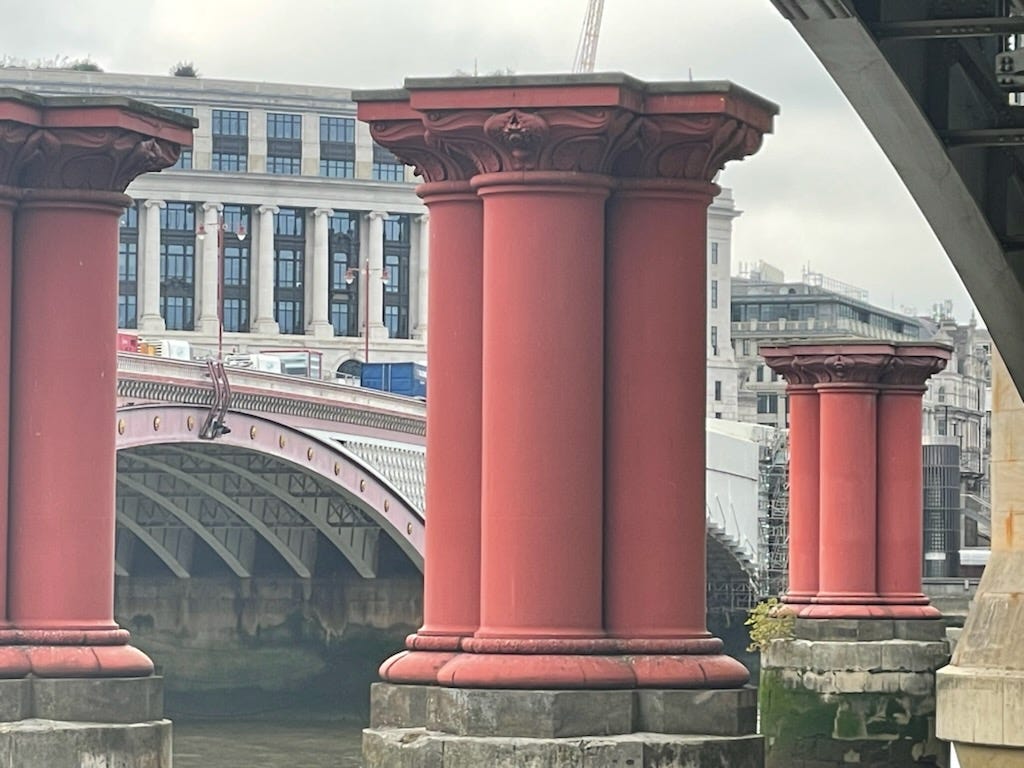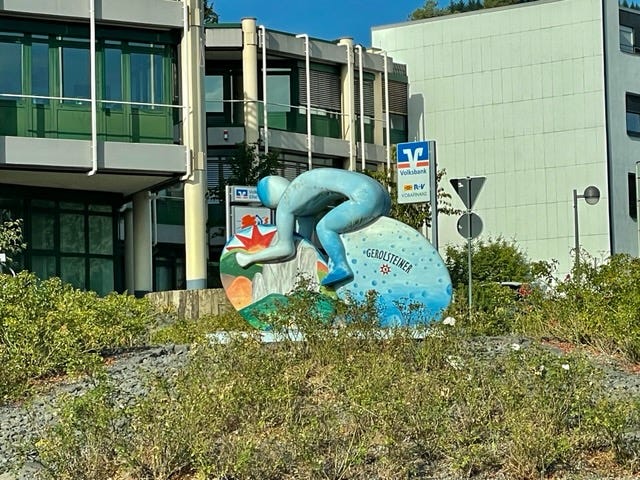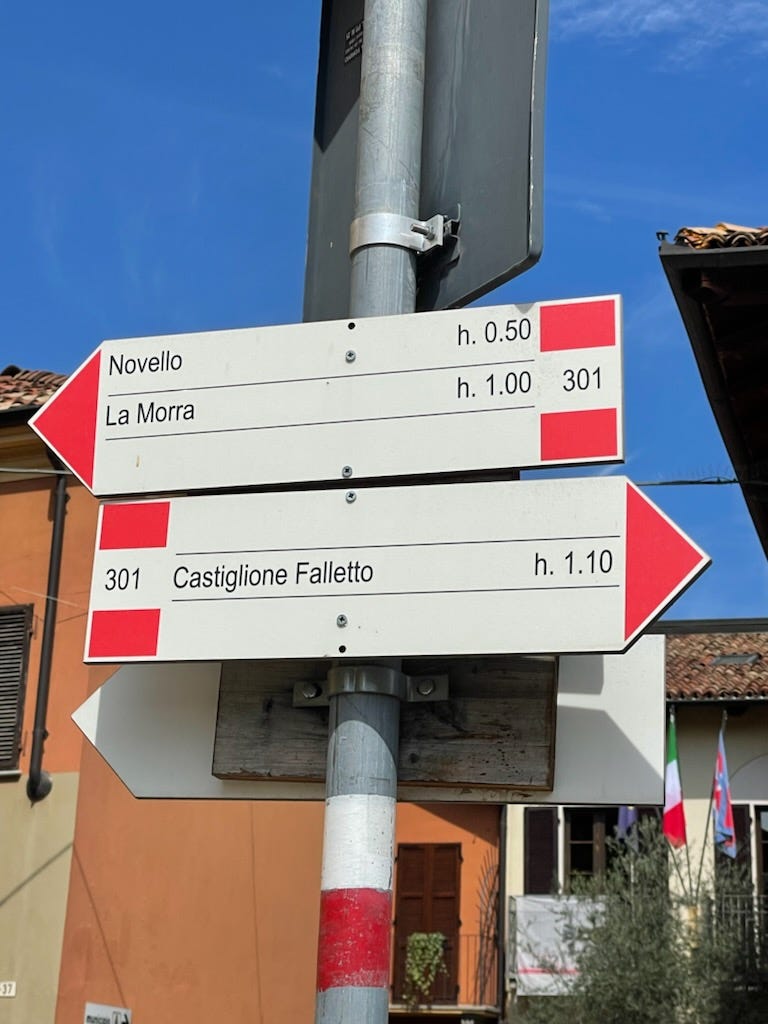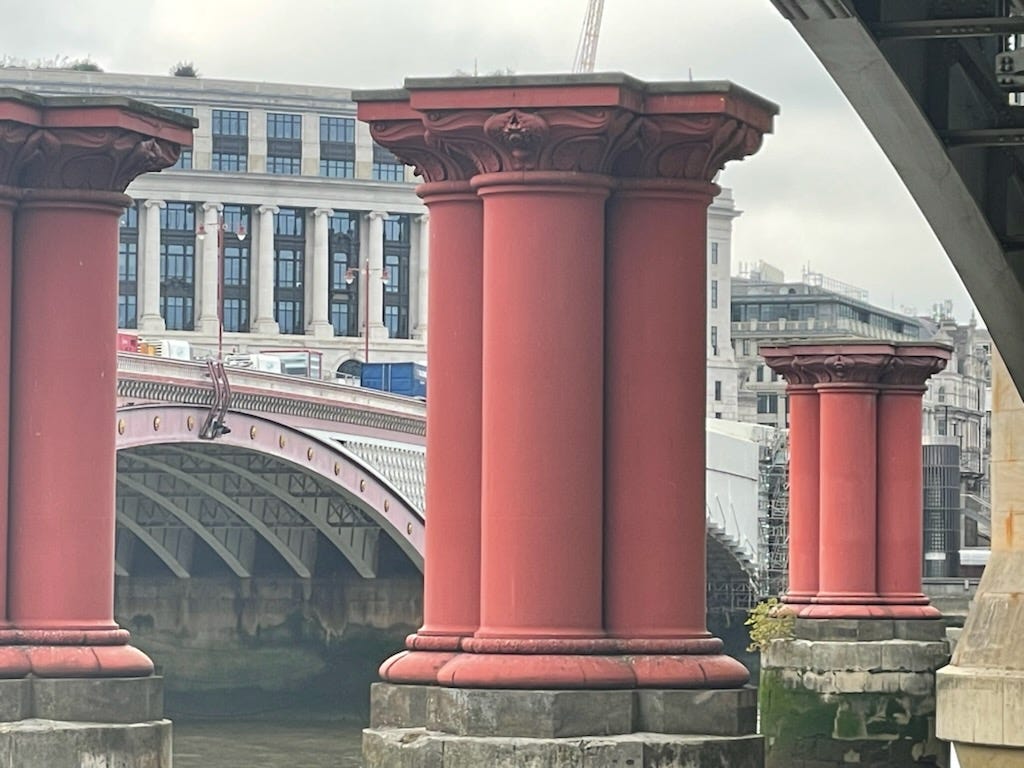Notes from a European Sojourn
I’ve been fortunate to have moved around widely throughout my life. My travels began, as it did for many, with family car trips. An important early one (at age eight) entailed a departure from my hometown of Tulsa, Oklahoma and traversing the American southwest. This experience alone did much to cement an enduring thrall with the majesty of the desert. This same journey (which landed us in California on a coastal route that ended in San Francisco) predetermined my Pacific Coastal life and the expansive sense of horizon (culturally and literally) that came with it.
Despite having lived on America’s left coast for nearly 50 years, though, European destinations, beginning in 1975, have consistently drawn much of my attention. The two-and-a-half-year travel vapor-lock that the Covid pandemic imposed painfully made me wonder if my lifelong continent jumping luck had run out. With the advent of the vaccines, despite the new challenges imposed on air travel and the like, our European wanderlust returned. The following snap shots come from a couple of recent sojourns ‘across the pond’.
Brexit London
This was my first trip there since the ill-advised referendum. I know London didn’t endorse the decision, but by electing the dreadful Bo-Jo Mayor, it did significantly enhance his unworthy rise to power. It has also been hard to ignore how the UK’s hard right shift might have portended (or even catalyzed) our own electoral nightmares, starting with putting Don the realtor in the White House.
Superficially, the city seems largely unaffected (although expensive as hell despite the dollar’s strength) by the political shift, but still somehow subtly different. Dining (a great strength of London’s last quarter century) was good, but uninspiring. Our trip to the continent via the Chunnel conveyed a more palpable loss of grip. Punishing crowds, sloppy logistics, and chronically late trains seemed to be emblematic of how the Brexit breach has come in to play. Our London sampling was only for a few days, but still long enough to leave me feeling sad and strangely disaffected with Britain as a whole.

Gerolsteiner flows
Our Chunnel trip was for the purpose of making our way to Cologne (as fears of inter-European air travel snafus made rail trips seem prudent). My second visit to this intriguing city allowed further scratching of the surface of its highly cultured and layered character. Despite having been largely destroyed in WWII, Cologne’s historical character seems to live vividly alongside its modern identity as one of the Continent’s most vital art and film centers. The Kolomba Museum alone is worth a visit.
A three-day trip to the western low mountain range of the Eifel featured fairy tale towns and medieval castles along with two contemporary emblems of engineering and enterprise. Somewhat surprisingly we noticed that Tesla has a large plant in the Eifel. On further reflection, it seemed an appropriate foil to the thousands of windmills nearby that do much to provide the forty percent of Germany’s total electrical needs that come from renewable sources.
And then there was the visit to the plant that bottles Gerolsteiner, Germany’s most esteemed mineral water. As a winemaker, I’ve seen myriad bottling lines, but this was something else. The pristine nature of this volcanically sourced water was echoed in the extraordinarily elegant and precisely engineered facility. Up to 4.5+ million bottles of water are bottled daily, a number that staggers the imagination. It was also encouraging to learn that a high percentage of the plant’s output goes into bottles that are more readily recycled (due to the adoption of common standards industrywide). Any and all positive moves on the environment are most welcome, and Germany and its Green Party is trying harder than many countries.

The Ukraine mood
This most recent trip was our second since Russia’s horrific war on Ukraine broke out. On the one hand, it is a misstatement to suggest that life doesn’t go on more or less normally. At the same time, being on the European Continent when its most dangerous conflict in 78 years is raging, never quite leaves your consciousness. As Americans, we’ve led lives uninterrupted by the experience of warfare on our own soil. This is a luxury that Europeans, despite 4 generations of peace and prosperity, don’t take for granted. Even if you don’t find yourself discussing it much, somehow it suffuses the quotidian atmosphere and the experience that you have within it.
Piemonte revelations
A defining aspect of my enduring identity as a wine pilgrim is the conviction that going to the ‘place’ always reveals essential insights regarding how the flavors of a celebrated viticulture zone manifest in the bottle. Eight days spent touring (by car and bicycle) the dramatic hillside vineyards of Piemonte reminded anew how all world class wine regions present ineffable and decisive features that mark their essential character.
The tightly spaced plots of vines that moved ever further up the hillsides implied a sense of ongoing discovery about how the development of the overall area unfolded; as in the higher we go (with sparser soils, cooler temps, more acute exposition), more and more character can be evident in the wines that are produced. The small plots also suggested a kind of implicit land reform, where the value of cultivating tiny plots created opportunity for an expanding cast of inspired winegrowers. And fog; that Nebbiolo (a grape whose name echoes the chronic presence of low clouds, i.e. Nebbia in Italian) is the area’s standard bearer and presents a vivid sense of viticultural wisdom. These understandings take time to develop, and the cascade of the great sites across the steep hills feels like a rich and illuminating topographical narrative of empirically developed insights about quality.

Venice: City of dreams
Being able to finish our travels with a five-day immersion into the Venice Biennale and the city’s seemingly endless array of collateral contemporary art, was both thrilling and daunting. The latter sentiment came in to play when it came to charting an efficient and satisfactorily unabridged viewing agenda. On its own, despite the tourist crush, perambulating Venice still feels like an immersion within a waking dream. Adding to it a layer of ambitious contemporary art from around the world engenders an even deeper sense of magical transport. As we are always excited about the possibility of revisiting this particular state of mind/being, the effort to again experience this biannual art world analogue to the Olympics always feels well worth it.

It’s impossible to generalize about what the drift or theme of such a volume of diverse artwork presents. The title for the show ‘The Milk of Dreams’ (a reference to a piece of children’s literature) was suitably metaphorical and vague. It didn’t presage what seemed like an unprecedented prominence for women artists, which more than anything else seemed to indicate a priority for both the curators of the exhibition overall and even that of the pavilion’s representing individual countries. Regardless of the potential political/sociological intent, many compelling (and frequently beautiful) pieces were in evidence. I remain fixated on the idea that beauty (however, or in whatever shape, it comes into the eye of the beholder) is still an essential feature of our lives. Suffice to say, I wasn’t disappointed, either with the vastness of the artwork that we saw (Kiefer, Kapoor, and many other artists whose name doesn’t begin with a K), nor with the extraordinary canvas that Venice itself presented as its backdrop.

